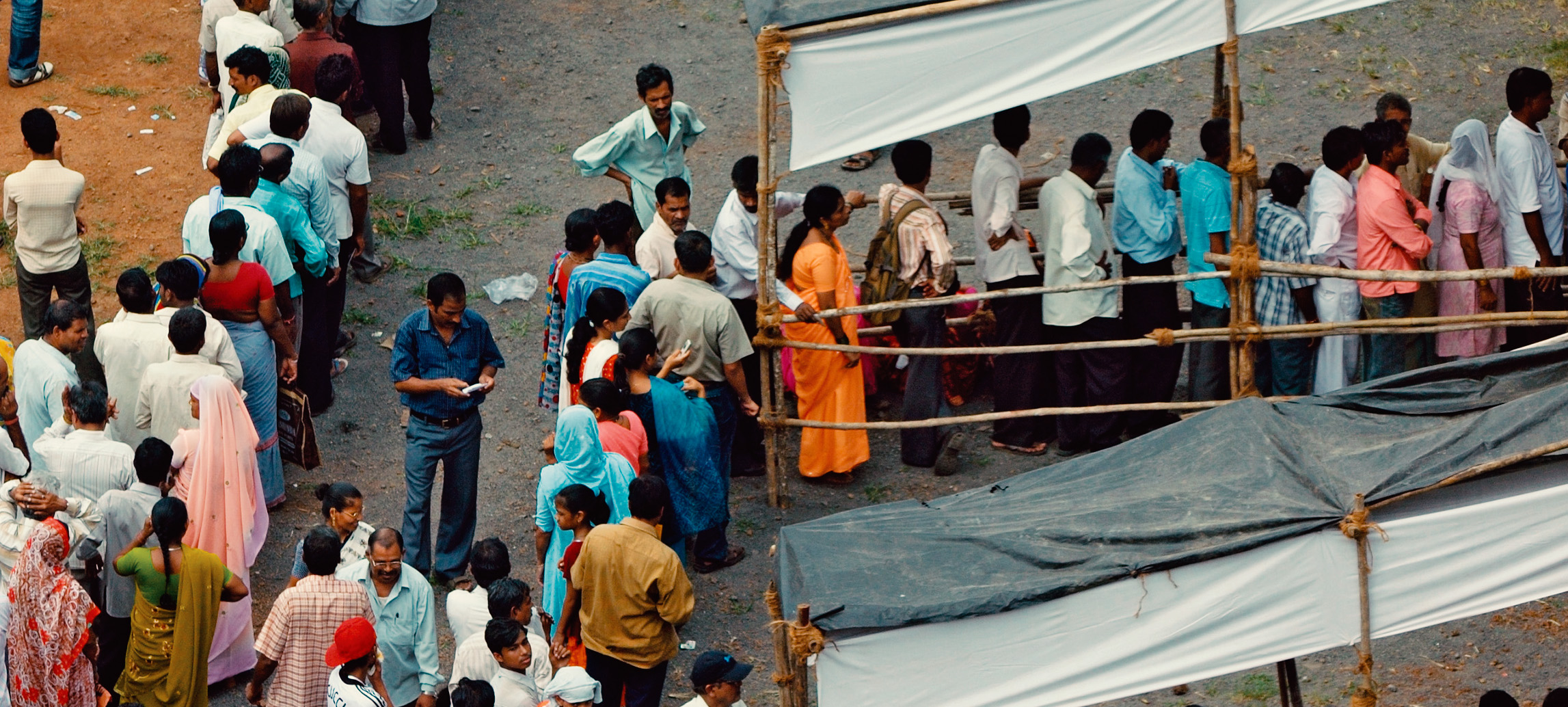
The essays in the book, The Great March of Democracy cover a range of subjects, from the evolution of the Election Commission, the exciting story of the first electoral roll, election laws, the deepening of democratic institutions over the decades to the participation revolution ushered in by the Election Commission’s untiring and targeted efforts at voter education.
Here is a glance at T.N. Seshan, the 10th Chief Election Commissioner of India, taken from the essay –T.N. Seshan and the Election Commission by Christophe Jaffrelot:
As the criminalization of Indian politics was affecting elections as never before in the late 1980s and the early 1990s, the Supreme Court initiated a new form of ‘judicial activism’. But the Election Commission contributed in its way to boosting the rule of law. The shift came with the appointment of T.N. Seshan at its helm in December 1990, where he would serve for six years.
Often, Seshan would stagger voting to deploy additional forces and thus reduce the risks of booth capturing and violence near polling booths, which aimed at dissuading so-called hostile voters (e.g. Dalits who, it was feared, would not vote for their upper-caste candidates) from turning up.
It is true that the 1991 elections were held in a particularly tense background—Hindu–Muslim clashes on the one hand, and caste conflicts on the other dominated the campaign. However, there was still a ‘Seshan effect’, as the press termed it. Seshan’s policy partly explains the higher voter turnout (+10 points in Uttar Pradesh): the security provided around polling stations encouraged a greater number of voters to cast their ballot, especially the Dalits, whom gangs were no longer in a position to intimidate.
Seshan also waged war against the tendency of politicians to flout the model code of conduct, which they were supposed to abide by. Polling was suspended in a Madhya Pradesh constituency as a serving governor campaigned for his son, ultimately leading to his resignation.
Seshan harried politicians by constraining them to limit their election expenditure. This policy was executed vigorously from April 1996, when the Supreme Court accordingly mandated the Election Commission, which then ordered political parties to submit accounts of their expenditure after the elections.
T. N. Seshan’s popularity, especially in urban areas, stemmed from his efforts to bring an increasingly decried political class to heel. In 1994, a survey of 2240 people (1620 dwellers of the six largest Indian cities and 620 villagers) revealed that Seshan’s name was familiar among two-thirds of the citizens interviewed (30 per cent of the rural population), who felt that he was motivated to root out corruption rather than put himself in the limelight.
The trajectory of the Election Commission under T.N. Seshan shows that the effectiveness of institutions is highly dependent upon the personalities at their helm.
The Great March Of Democracy celebrates seven decades of India’s vibrant democracy and the Election Commission’s excellence and rigour.









